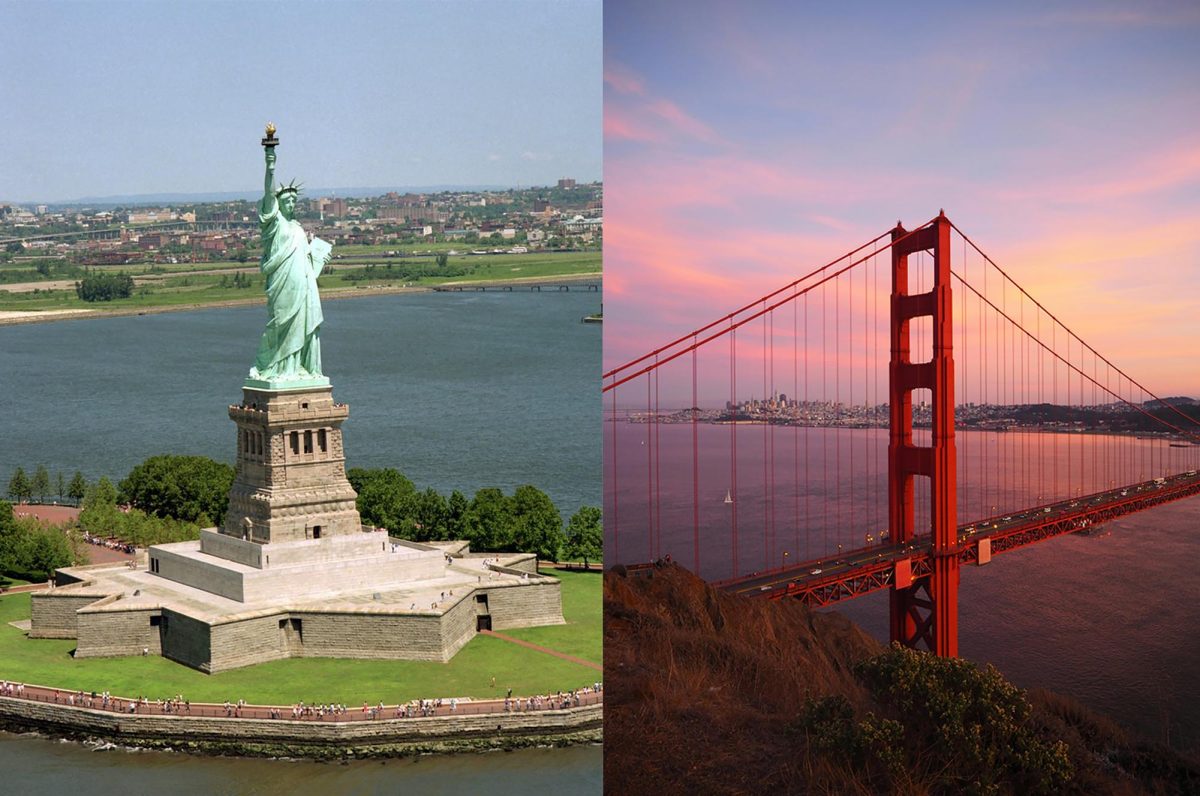In approximately four seconds, a Formula One (F1) car can accelerate from zero to 160 kilometers per hour. Similarly, F1’s global fan base has grown exponentially with over 750 million fans, according to BlackBook Motorsport.
This increase in popularity has not gone unnoticed at WHS, as more students are beginning to follow the sport.
“My friend and I kept seeing F1 edits on our ‘For You Page’ [on TikTok] and decided to give it a shot by watching a race,” senior Nolan Hua said.
F1 racing involves single-seater vehicle competitions taking place on specialty designed tracks or circuits. F1 races are more challenging than traditional oval race tracks as they include steep curves, elevation changes, and unique layouts, sometimes on purpose-built courses and sometimes on street circuits. F1 is also undertaken as a team sport, where teams such as Ferrari, Mercedes, and Red Bull have two designated drivers who compete internationally in order to accumulate points through a series of races to win the Drivers’ Championship title.
“Many people think it is easy to just drive a car around a track, but it is a lot more than that,” junior Leanna Dinno said. “The strategy, teamwork and engineering that goes into it makes it very exciting, adding to the action on the track.”
F1 racing crews involve many people apart from the drivers, including engineers, data scientists and mechanics.
“It is one of the only sports to have teams of people working together in real time to make sure everything goes smoothly,” Dinno said.
Some students at WHS became interested in the sport through familial influence.
“I was first introduced to F1 in 2015, when Max Verstappen joined,” sophomore Noah DeBouter said. “Since Max is Dutch, my dad and the majority of the Netherlands got reinvested in F1 [as] some had lost interest after Max Verstappen’s father Jos Verstappen retired.”
Others have discovered F1 due to Netflix’s documentary “Formula 1: Drive to Survive.”
“I thought the show was extremely interesting, watching the drama of what is happening,” sophomore Aarav Mehta said. “I was already interested in cars before this, but ‘Drive to Survive’ brought me into the sport.”
F1 has sought to broaden its fan base by attracting younger viewers. Due to F1’s strategic media and social media presence, younger audiences, such as WHS students, have helped expand the sport’s popularity.
“Their Instagram and TikTok accounts post engaging interviews, behind-the-scenes content and entertaining videos, especially aimed at younger audiences, making it easier for them to get into the sport,” senior Silvia Zapata-Lucio said.
F1’s online presence continues to create a connection between the teams and their fans. One way the sport accomplished this is by producing engaging content that exposes drivers’ personalities beyond the race track.
“One good example is the ‘Grill the Grid’ series on YouTube, which is basically an F1 trivia show with the drivers,” DeBouter said. “I think that F1 has started becoming more popular through social media because of its genuine attempt to be seen.”
The meme culture surrounding F1 also created a more informal and relatable interest for younger audiences, allowing the sports fame to arise beyond the racing and competitions.
“A huge part of the online F1 world consists of memes…[watchers] like to share highlights and memes with friends across [social media],” DeBouter said.
The growth in popularity of F1 has enabled it to expand beyond its primarily European origins. Many cities are eager to host F1 races, causing the sport to be more accessible and exciting for fans.
“Its global growth shows that more people are becoming interested, which means more money that can be invested in the sport,” DeBouter said.
F1 continues its outreach by creating new circuit locations. In the future, potential circuits may appear in Saudi Arabia, Thailand, South Africa, and other locations.
“New locations mean new race tracks, which means more races to watch,” Zapata-Lucio said. “I think F1 will continue to grow in the future, and I am excited and interested to see how far it will go.”
As the sport continues to expand internationally, some fans worry that F1 is becoming far too regionalized, and that other diverse regions are being overlooked.
“I hope F1 stops adding more races in the United States and Middle East. Each region has three plus races,” senior Noah Lago said. “I think F1 can eventually remove some of these races and expand further in places like Southeast Asia and Africa.”
F1 is currently in season and can be viewed on ESPN, with proximate races happening in Miami, Montreal, and Las Vegas in the coming months.



